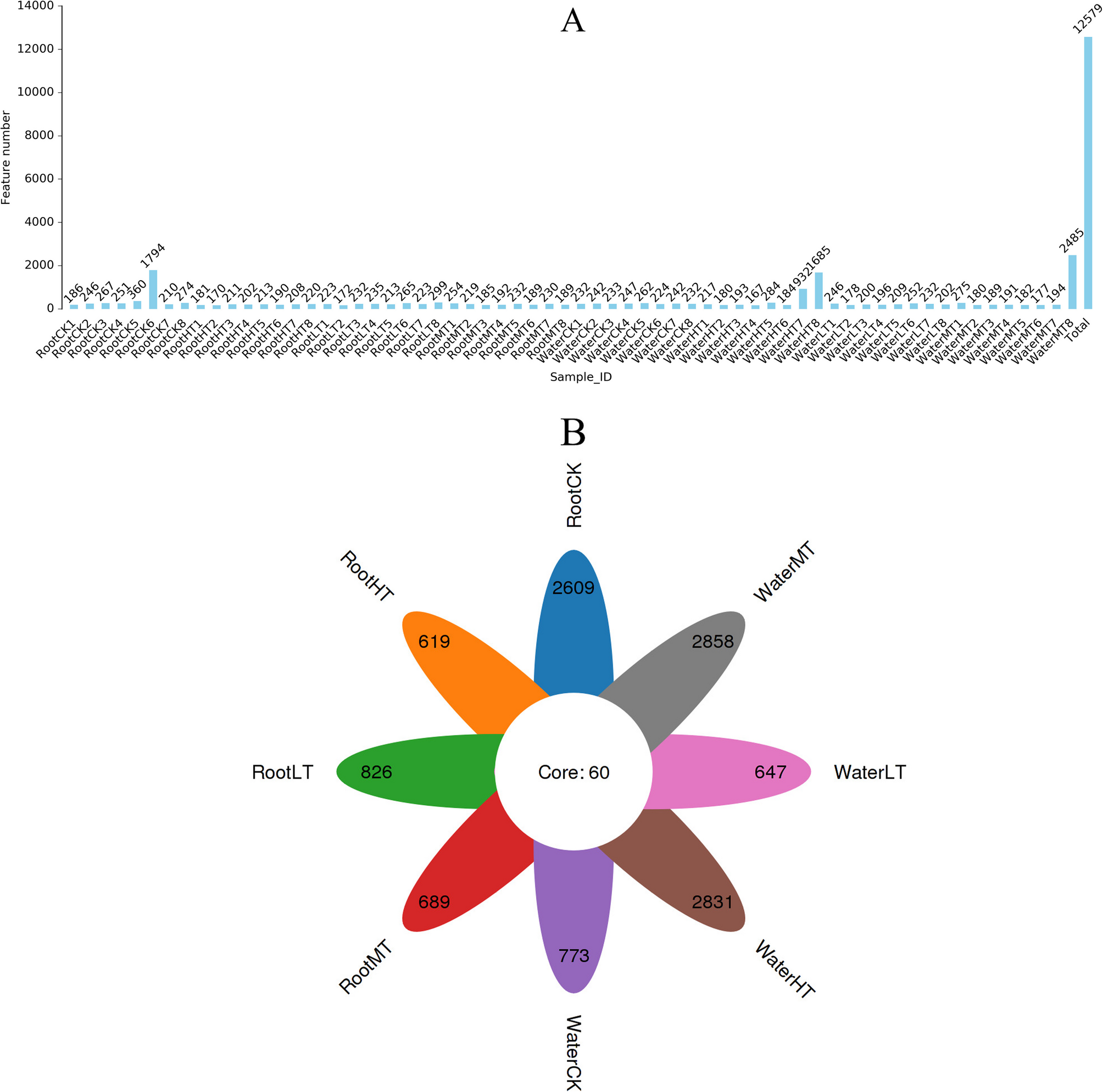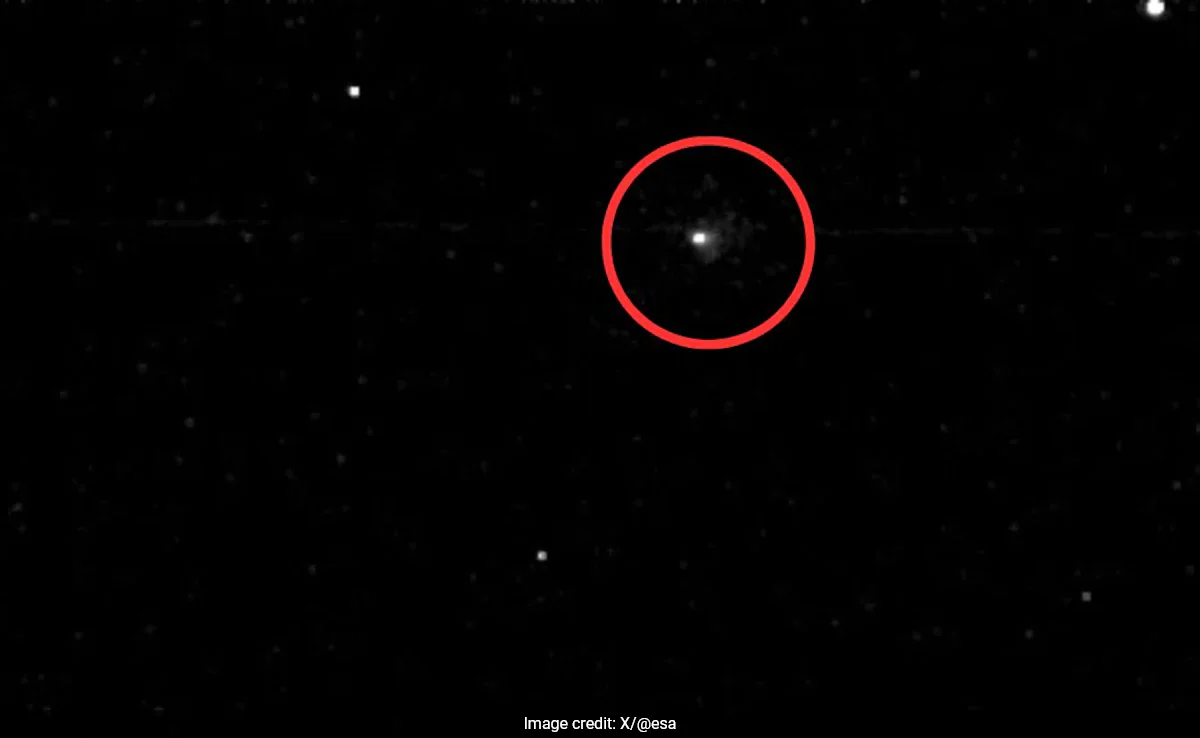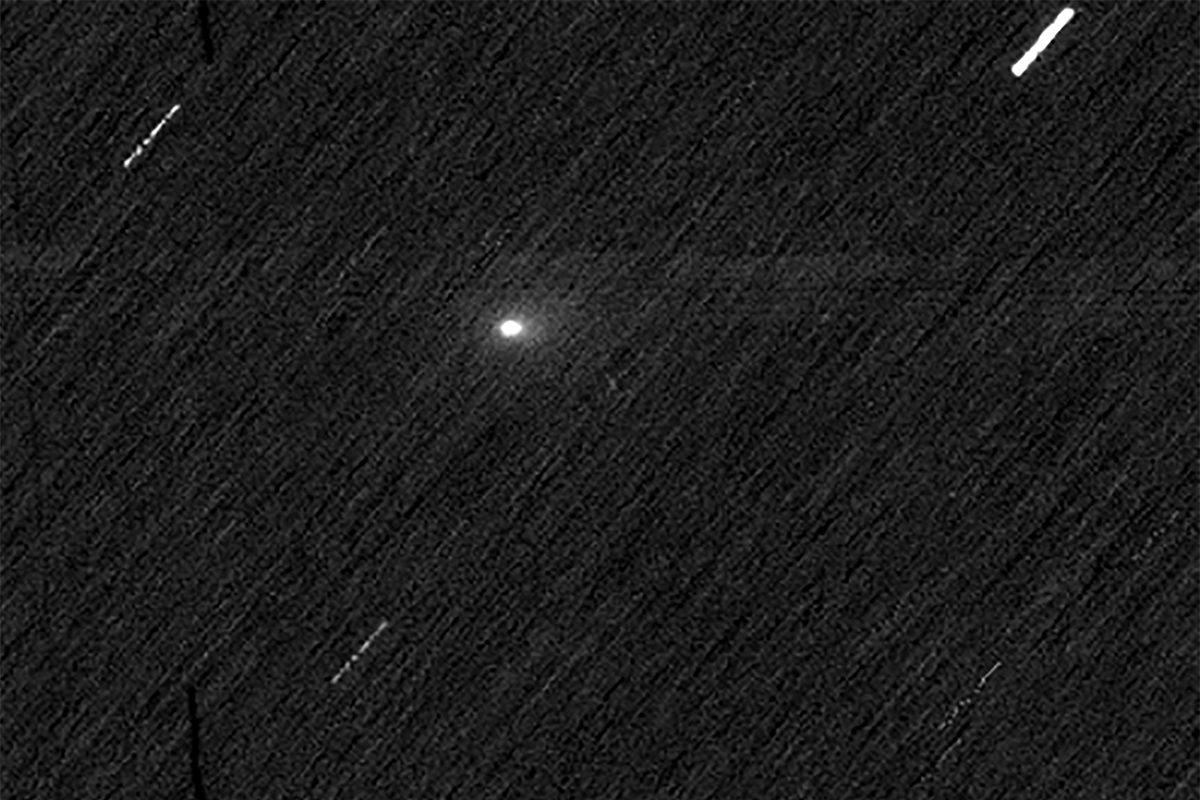Singh A. Soil salinization management for sustainable development: a review. J Environ Manage. 2021;277:111383.
Google Scholar
Li J, Pu L, Han M, et al. Soil salinization…

Singh A. Soil salinization management for sustainable development: a review. J Environ Manage. 2021;277:111383.
Google Scholar
Li J, Pu L, Han M, et al. Soil salinization…

A Pakistan-born German astrobiologist has identified life-supporting organic molecules beneath the icy crust of Enceladus, one of Saturn’s moons, adding fresh evidence that it may harbor the conditions necessary for life.
The…

The European Space Agency (ESA) has captured some incredible images of the interstellar comet 3I/ATLAS when it flew past…
BEIJING, Oct. 8 (Xinhua) — Bats and toothed whales are distant groups, yet both have independently developed the…

What do you do when you want to observe something that’s on the other side of the Sun?
That’s the problem astronomers faced as October 2025 rolled around and comet 3I/ATLAS, the mysterious interstellar visitor, became lost in solar glare, as seen…

Sky-watchers across Jersey were treated to a supermoon on Tuesday night.
A supermoon appears brighter and larger than other full moons in the evening sky and occurs when the Moon is at its closest point to the Earth.
The term was first coined in…

Several treatments including 2,4-D (0.5 to 2 mg/L), kinetin (0.5 to 1 mg/L), and the Fe₃O₄ nanoparticles (1 to 4 mg/L) produced reductions in plant height when compared to the control treatment. The…

Sky-watcher Jason Way captured this amazing shot of a supermoon above Dartmoor’s Haytor Rocks on Tuesday night, among many other images of the phenonomen taken in Cornwall.
A supermoon appears brighter and larger than other full moons in the…
